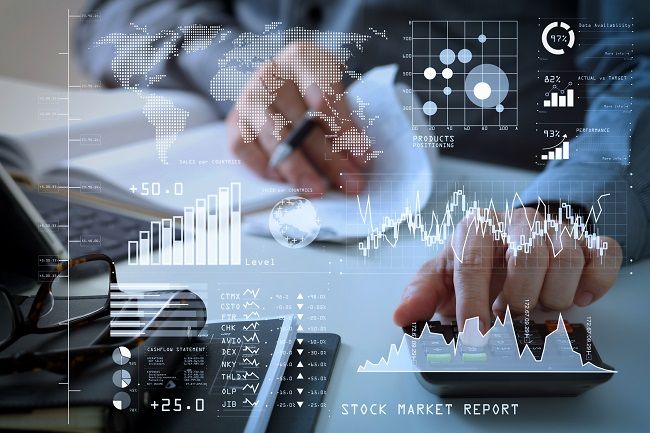The Most Important Economic Measurement You’re Not Watching
Posted onRecent weeks have left equity investors shaken. A selloff resulted in a 5% loss in the S&P 500 for the month. Until now, equity investors have taken global events, good and bad, in stride. Their confidence was only outpaced by the unstoppable market growth, but something has changed.

Many have cited interest rate hikes and slowing performance among tech stocks as reasons for the latest equity decline. While, these two factors are likely contributors, there’s more to the story.
There is a growing divergence between the east and the west. This divide is best illustrated by looking at something called the Economic Policy Uncertainty Index. This Index measure the uncertainty influencing today’s economy. The methodology draws on three measurements to calculate the index. Researchers examine:
- Newspaper coverage of policy-related economic uncertainty
- Soon-to-expire tax code provisions
- The level of disagreement among economic forecasters
The latest result of the measurement shows that the economic uncertainty policy index in the US and China is diverging. This measurement suggests a major disconnect between two global powers.
Today, this index for the US is at 53. In comparison, the same measurement for China is at 541. This difference should give equity investors a reason to revisit their long-term expectations for annual returns. The latest drop in the S&P 500 might be an echo of this looming divide. We haven’t reached official “market correction” territory. Therefore, investors are best suited to reposition their portfolios while they still can.
The diverging indexes may also suggest that those outside the US don’t share our optimism. The high expectations of equity investors is best illustrated by today’s high price/earnings (PE) ratios. The historic median for this traditional measure of stock’s value is about 15. Today, that same measurement is more than double that at 31.
This number means that investors are willing to pay much more for stocks than they have historically. Moreover, as PE ratios climb, future returns tend to diminish. For example, when PE ratios are in the 21-44 range, the average 10-year forward return (annualized) is just 5%. This tepid growth is a major difference from the 7% most equity investors use to project their long-term gains.
The time to consider alternative investments like gold is now. Gold serves as a hedge during periods of uncertainty. Recent market fluctuations and a widening gap between US and China outlooks could be early warning signs that investors will need to become more strategic about their methods for reaching their financial goals.
Despite differences in the economic policy uncertainty index, there is one area of agreement between the two nations. Both believe in the economic significance of gold. Both countries, and the rest of the world, assign the same value to gold and always will.
It’s not surprising to read that the head of research at foreign exchange trading form Pepperstone remarked that “We have seen a rapid shakeout of very crowded and over-owned U.S. assets.” He concluded, “Statistically, it feels as though convergence is due.”







